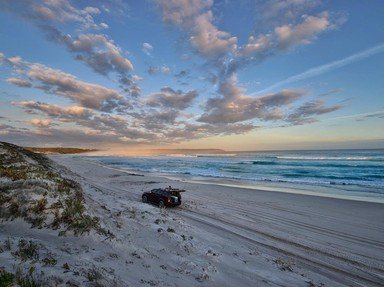
They Came From the West Trivia Quiz
All through my life I have marvelled at the natural beauty of my home state. I figured it's about time I shared some of it with you. Match the site with its claim to fame.
A matching quiz
by pollucci19.
Estimated time: 4 mins.